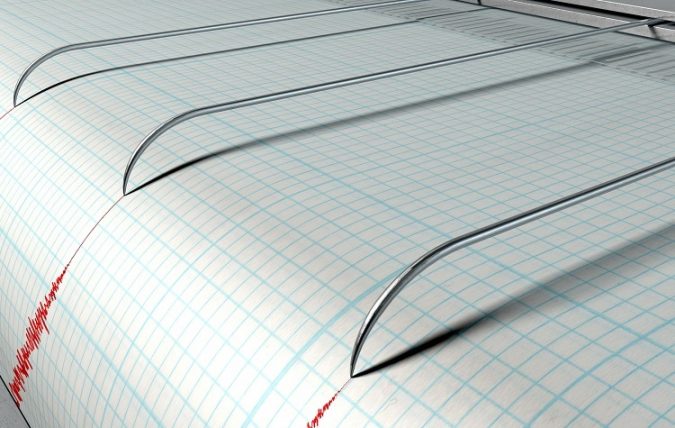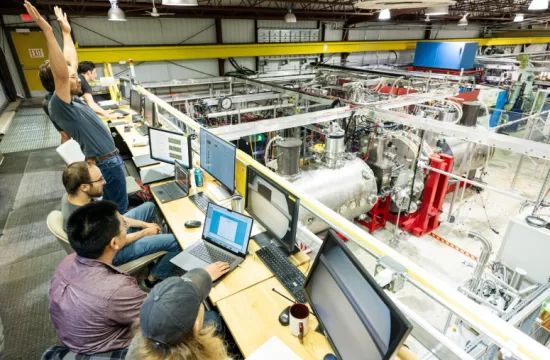A Canadian-German research team has discovered a new type of earthquake with distinctly different characteristics than “conventional” injection-induced quakes.
According to Laboratory Equipment, researchers used a network of seismic stations surrounding a hydraulic fracturing well. Hydraulic fracturing, also known as “fracking,” has been linked to an increase in earthquakes in locations where the practice is common, like the Dakotas and Pennsylvania.
During fracking, water is injected at very high pressures into deep-rock formations. The resulting pressure increase has been proven to unclamp existing faults, triggering earthquakes that otherwise would not have occurred.
These injection-induced earthquakes were observed and documented relatively quickly during the early 2010s at the height of the fracking boom in the U.S. And while research into them has continued—even as the boom comes to an end—this team of researchers is the first to describe a completely new type of earthquake, which they have termed hybrid-frequency waveform earthquakes (EHW).

From May to October 2015, a team led by Ruhr-Universität Bochum’s Hongyu Yu and Rebecca Harrington set up eight seismograph stations surrounding a hydraulic fracturing well at the Montney Shale formation in British Columbia, Canada. They recorded approximately 350 earthquakes over that time period—of which 10 percent exhibited unique features.
The 31 unusual earthquakes ruptured more slowly and lasted longer. For example, according to the researchers’ data, a conventional injection-induced earthquake of magnitude 1.5 dies down after about 7 seconds. A same-magnitude “new” earthquake, however, continues to shake for more than 10 seconds.
“We’d assumed that induced earthquakes behave like most other earthquakes and have roughly the same rupture speed of 2 to 3 kilometers per second,” said Harrington.
But as the data published in Nature Communications shows, that is not the case. Instead, these now-named hybrid-frequency waveform earthquakes demonstrate broader P and S-pulses and lower-frequency energy—which the researchers think is key.
The seismic signals of EHW quakes resemble that of “volcanic hybrids” in volcanic environments. Although not well understood, previous literature attributes low-frequency energy in these volcanic hybrids to one of two factors: either low rupture velocities and/or travel path through shallow low-velocity material or the coupling between turbulent flow and the walls of an open crack.
“Therefore, verifying the origin of the extended low-frequency coda is potentially the key to identifying the physical mechanism(s) of the EHWs,” the researchers write in their paper.
While determining the underpinnings of low-frequency energy may reveal the secrets of EHWs, the researchers believe more research into the new quakes will impact fracking in more than one way.
“If we understand at which point the subsurface reacts to the hydraulic fracturing process with movements that don’t result in an earthquake and, consequently, cause no damage to the surface, ideally we could use that information to adjust the injection procedure accordingly,” said Harrington.








